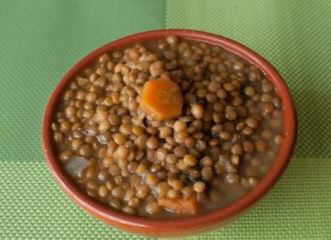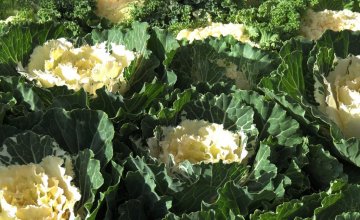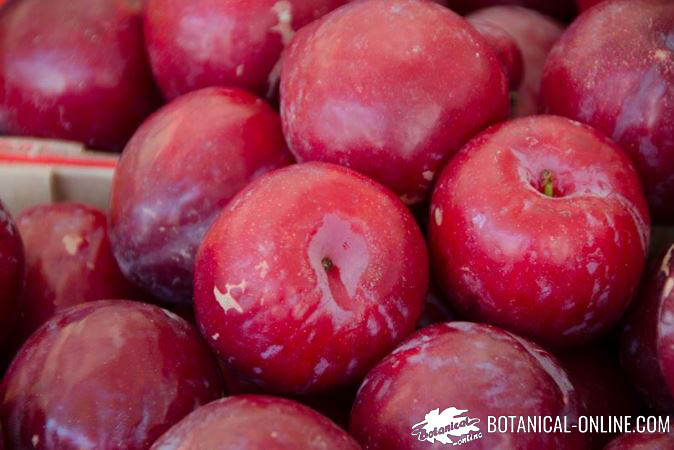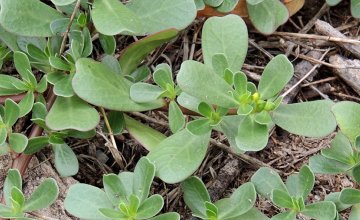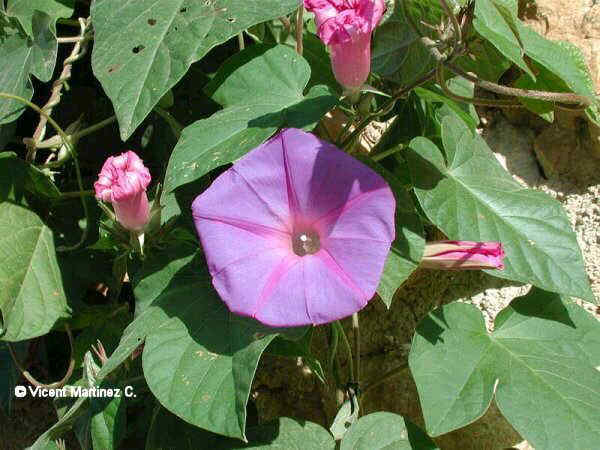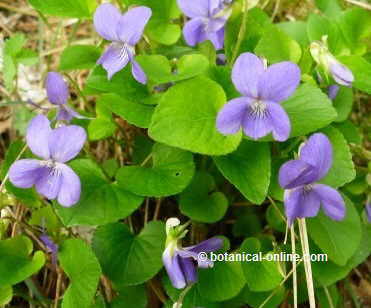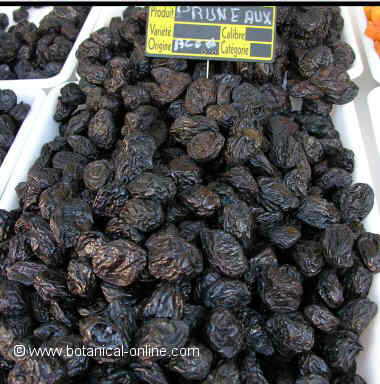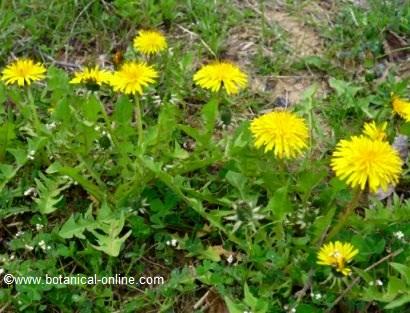Contents
- 1 How to grow loquat
- 1.1 LOQUAT CULTIVATION TIPS
- 1.2 What is loquat like?
- 1.3 Loquat characteristics
- 1.4 Loquat, climate
- 1.5 Loquat, soil
- 1.6 Loquat, irrigation
- 1.7 Loquat, propagation
- 1.8 Asexual reproduction by cuttings
- 1.9 Pruning loquat
- 1.10 Grafts
- 1.11 Loquat blooming
- 1.12 Loquat flower and fruit thinning
- 1.13 Harvesting and storage of loquat
- 1.14 Fertilization of loquat
- 1.15 Loquat pests and diseases
- 1.16 Loquat varieties
How to grow loquat
LOQUAT CULTIVATION TIPS
What is loquat like?
Japanese medlar, japanese plum or loquat is an evergreen fruit tree of the Rosaceae family, the same family to which apple, cherry or apricot belong.
There are two species of loquats o medlars. The most popular is the medlar of Japan,
There is also the European or common medlar
Loquat characteristics
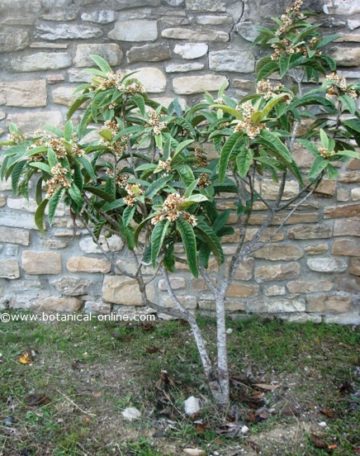
Photography of loquat (Japanese medlar) in full bloom (November)
– Low tree, up 3 to 6m. Grayish trunk and conical crown in 2-5 branched arms. Not usually apical dominance.
– Leaves simple, alternate with large petiole, leathery shape, elliptical and lanceolate.
– Flowers white, arranged in flower panicles. They give off a pleasant scent that attracts bees,, butterflies, flies, wasps and ants.
– Fleshy fruit, abundant
– Within the fruit there are between 1 and 3 (up to 5) seeds.
– Shallow roots.
– It can produce fruit for 25 years.
– Attractive and easy to grow, it produces fruit tree and requires little care.
Loquat, climate
– Warm-temperate with mild winters and subtropical climate.
– Native to southeastern China, where it is known for more than 2,000 years ago. Today it is cultivated as a fruit and ornamental tree almost everywhere.
– Ir can grow in full sun or partial shade.
– Resistant to drought.
– It tolerates temperatures below -10ºC, which can damage flowers and fruits of the plant. Young trees should be protected from the cold for at least the first 2 years.
– Annual rainfall of 1,000 – 2,000 mm. If rainfall is less, we water the loquat, especially in times of more drought.
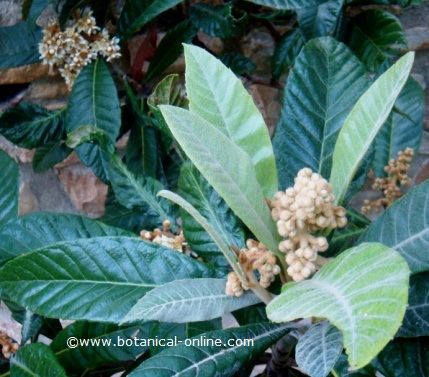
Panicle of loquat flowers, still not in bloom
Loquat, soil
– It tolerates almost any soil.
– Silty texture or sandy-loam soil, provided it is well drained.
– The optimum pH for this crop is between 6 and 8. It tolerates acidic soils.
– It does not tolerate saline soils.
– Strong winds can damage the fruit, due to the agitation of the leaves and branches.
Loquat, irrigation
– Lack of water during summer reduces the formation of new buds.
– In the summer and late summer, water is important to increase flowering and fruit production.
– It should not be watered too often not to cause the cracking of the fruits.
Loquat, propagation
By sexual reproduction or seeding
– Freshly extracted seeds must be immersed in water for 24 hours and germinate in winter with hot gases. Seeds that have been dried hardly germinate.
– Seeds germinate usually between 2-4 weeks. If they have been dried, up to 1-4 months at 20 ºC.
– It is important for the seeds not to contain traces of fruit because they would be more sensitive to rot.
– Transplant the plant into individual pots when measuring at least 3cm.
– Grow it in greenhouse for at least the first winter. Protect from cold.
– Transplant by stake (50cm deep.) in its final place in late spring or early summer. Space 5-6 meters between each tree so that each plant has all the nutrients from the soil..
– When the trunk has a diameter greater than 1 cm. graft is recommended (see following sections).
By asexual layering reproduction
– It is highly recommended because plants obtained by this method are not very vigorous.
Asexual reproduction by cuttings
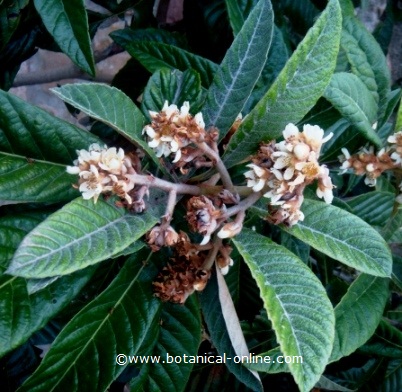
In the picture: leaves and inflorescence of Japanese medlar. Large leaves and flowers are arranged in panicles.
Loquat presents difficulties to root from cuttings, but it can be treated with products that facilitate rooting.
Pruning loquat
– Loquat must be pruned accurately to develop a strong structure and increase fruit production.
– It is done after harvest during the three to four years after planting. It involves heading the young tree 80cm. from soil to favor the development of main branches. When they have already developed, we will prune the secondary outbreaks. See animation.
– From the fifth year, one must only prune those branches that grow inward, twigs too close together or double, dry or diseased branches
Grafts
– It is done on trees having a thickness of 1 cm, approximately 2 years..
– In late spring or early summer, or by budding. The adult specimens are grafted crown.
– Quince rootstock is usually used, resulting trees bearing semi-dwarf, of 4-6m. tall and wide crown, developing a less vigorous root system or plants that are short-lived.
– Other suitable rootstoocks are: Hawthorn (Crataegus monogyna) European medler (Meispilus germanica), firethorn (Pyracantha coccinea), pear (Pyrus communis), azerole (Crataegus azarolus) and Rowan (Sorbus spp.).
Loquat blooming
– Loquat blooms in Autumn
Loquat flower and fruit thinning
– It is recommended to thin flowers and fruits, to increase production.
– To do this, blunt bunches in bloom.
– Leave no more than 5 fruits per cluster.
Harvesting and storage of loquat
– The fruits are ripen in late winter or early spring, the first fruit of the spring.
– The harvest takes place when the fruits are bright orange.
– Cut the fruit with the petiole or “little tail” to be retained better.
– Place in boxes, with the eye down.
– Ensuring that are not in contact with each other.
– Store in a cool, airy place without light.
Fertilization of loquat
– In late winter, from March to May, a general compound fertilizer is applied.
– A padded terrain is recommended in spring, with organic matter (manure, compost or bark), especially during the first three years of the tree.
– In spring.adding potassium contributes to increase fruit production.
– Excess of nitrogen can reduce bloom.
Loquat pests and diseases
– Loquat is not usually affected by important pests or diseases. the most common are the following:
PESTS:
- Aphids
- Caterpillars
- Scale insects
- Fruit flies
- Wildlife: birds, squirrels and bats are the main predators of fruit. To avoid this, you can protect the tree with nets.
DISEASES:
- Crown rot: attacks branches, leaves and clusters. Caused by Phytosphtora spp. and cankers caused by Pseudomonas.
- Bacterial Fire: like all plants of the Rosaceae family, medlar is vulnerable to this disease, caused by infection of Erwinia amylovora.
- Spotted medlar: Caused by Fusicladium eriobotryae.
- Medlar purple spot: A disorder of the skin of the fruit, and though little known, is one of the main concerns of the producers of this fruit, since no effective remedial techniques are known. Exposure to full sun reduces the incidence of the purple stain, and calcium levels also acquires an important role. According to the different varieties, they may have varying sensitivity to allergies.
Loquat varieties
There are over 800 varieties of loquat in Japan. Below we highlight the most interest in gardening:
- Variety Tanaka: originally from Japan. Semidwarf tree, 3m. tall, vigorous and robust. Very resistant to cold. Its fruits are pearshaped, skin and flesh orange. Sweet and very aromatic fruit. It is one of the later varieties. Resistant to cold.
- Variety Algerie or Algerian: from Algeria. Leaves and fruit large; the last, pearshaped. Skin and flesh are orange. Bittersweet and very pleasant taste, used in preparing jams and loquat pie. It is one of the most productive varieties in subtropical climates.
- Variety Advance: dwarf tree (1.5m high.), Of Japanese origin. Medium or large, whitish pulp and juicy fruits, having between 4 and 5 seeds inside. Very resistant to diseases.
- Variety Magdall: it is one of the earliest varieties, but its fruit is too acidic.
- Teddy Variety: variety of Spain. Very vigorous and very productive plant.
- Variety Big Jim, originally from California. Rugged, tree upright, very productive. 3cm large fruit
- Champagne Variety: originally from Japan. Sterile large fruit tree, pearshaped and pale yellow.
- Variety Victory: native to eastern Australia. Large fruit, white skin
![]() More information on loquat.
More information on loquat.

